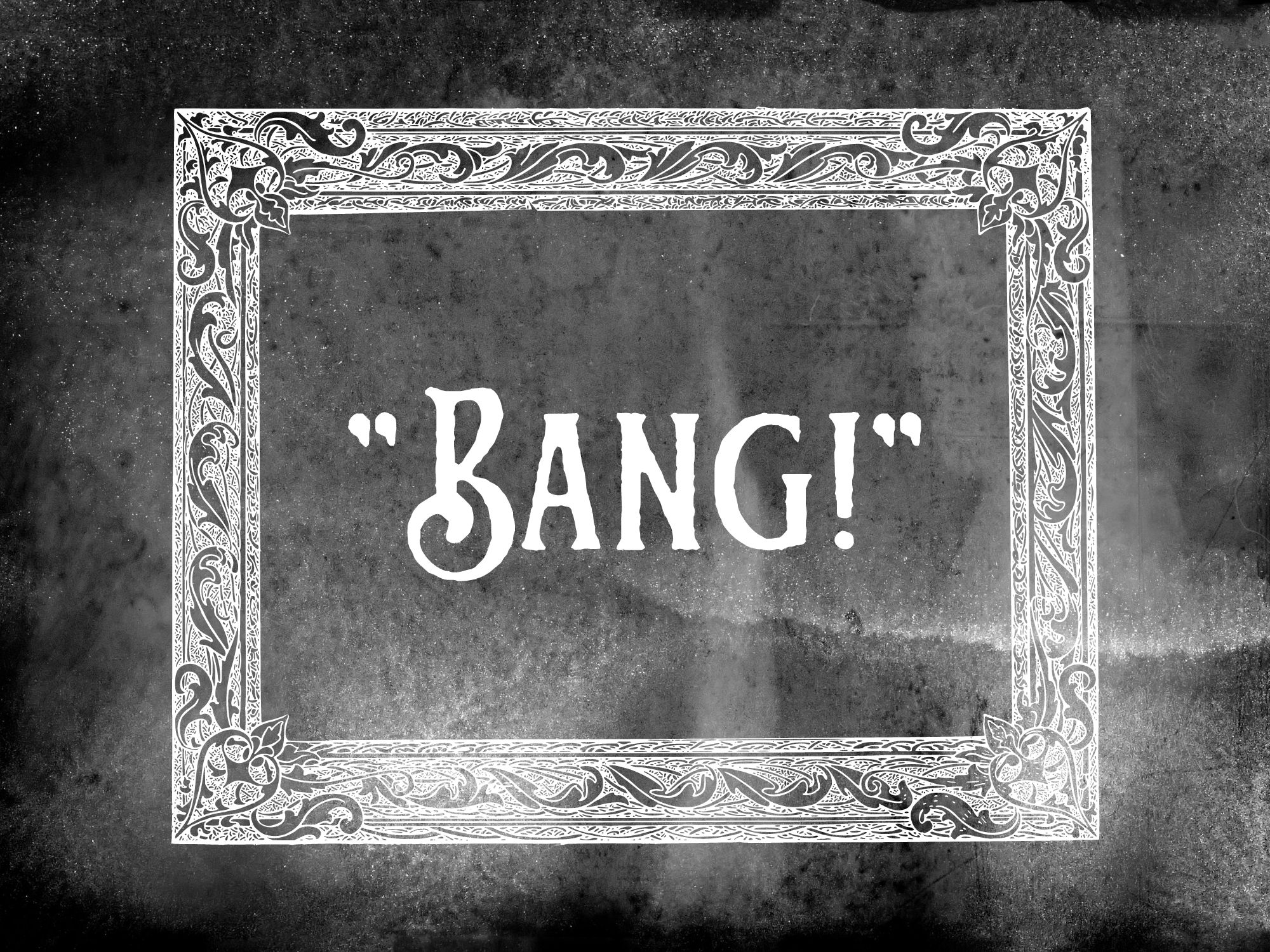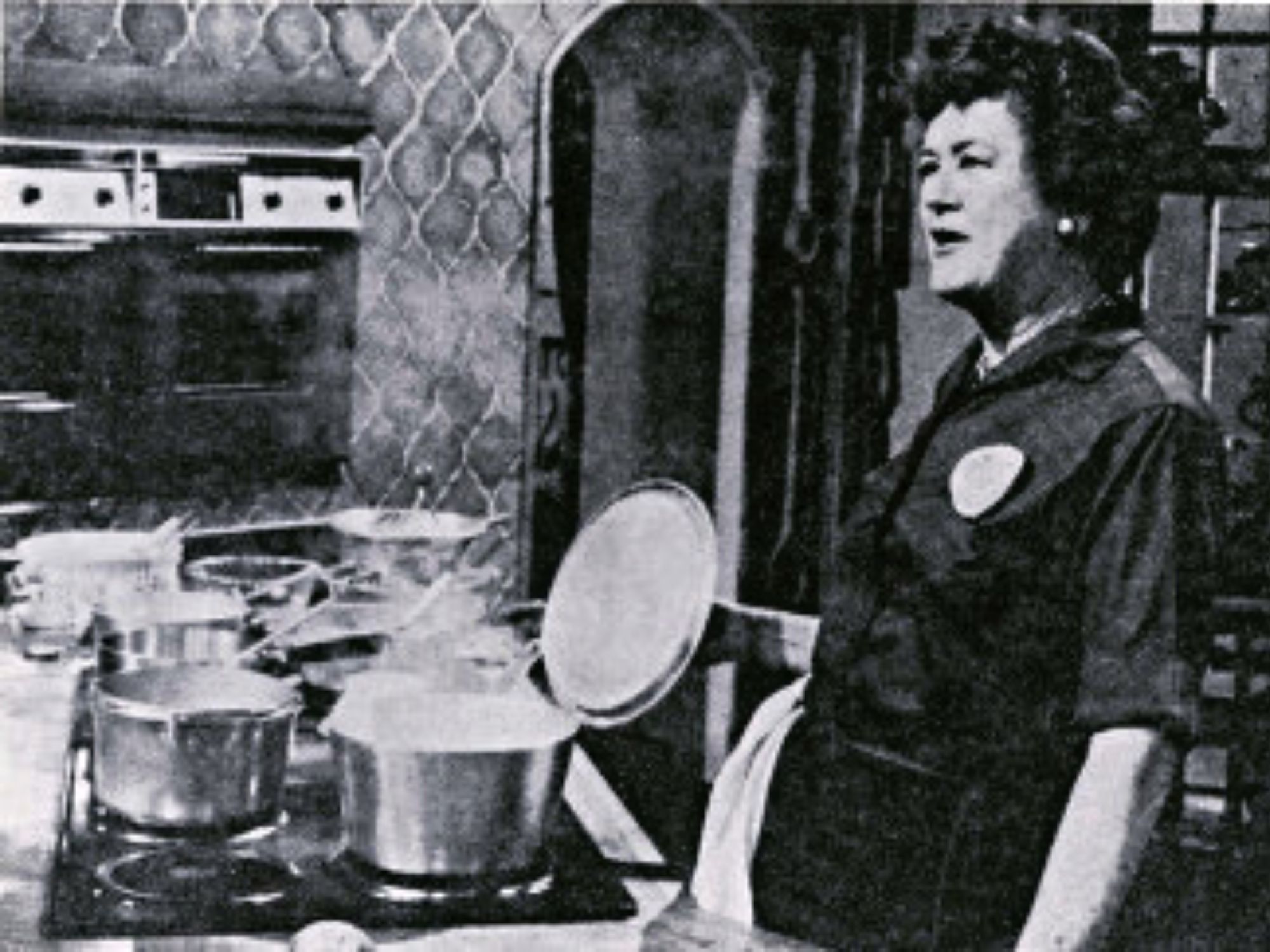The increased popularity of subtitles and closed captioning

While captions and subtitles were originally created for the deaf and for those who don’t understand a language, their popularity has skyrocketed for additional reasons over the years.
What is the difference between subtitles and closed captioning (CC)? Captions are a transcription of dialogue used to help viewers who cannot hear audio. Subtitles provide a translation for viewers who don’t understand the language being spoken.
A form of subtitles dates back to Italian operas in the early 1900s. Translated subtitles cards were shown to German audiences above or beside the stage so the opera would be understood. Subtitles came to film in Edwin S. Porter’s Uncle Tom’s Cabin in 1903. However, at that time they were known as “Intertitles” and were shown between scenes in highly-stylized form.

The first type of closed captioning (CC) in a film was pioneered by deaf Cuban-American silent film actor Emerson Romero in 1947. Emerson was a Charlie Chaplin impersonator in the 1920s. However, his CC technique did not take off because accessibility wasn’t a priority in the industry at the time.
Shortly after, a new way for CC emerged out of Belgium where the captions were etched onto the finished film. A 1951 propaganda film became the first American film to utilize this approach to CC. This decade is when television became more popular, however, CC wasn’t a staple in TV until the 1970s.

The French Chef starring Julia Child was the first regularly-captioned tv show on PBS starting in 1972.
Since that time, subtitles and CC have only expanded.
While subtitles and closed captioning have been a great step forward in accessibility. This ranges from changes in audio design to how people process information, a better understanding of accents, and other reasons. This increase can also be due to the plethora of streaming services that have been made available over the years.

According to a survey done last year, the most common reasons for having subtitles were because the audio is jumbled (72%) or the accents are difficult to understand (61%). Another 29% said they prefer to watch content at home quietly with subtitles on so as not to disturb roommates or family.
Additionally, about 27% said they rely on subtitles to stay focused on what they’re watching while juggling the distractions, and around one in five (18%) said they use subtitles to help learn a new language.
Due to the popularity and difficulty in localizing subtitles, it’s vital that language services professionals are hired to provide this service. Some of the main difficulties of subtitling include:
- Subtitles must match what is happening on screen, therefore they must be timed to the original.
- The text must fit on the screen, which can be a concern for languages that expand or contract when translated. This means that the art of transcreation—writing new material for a translation—must often be employed to keep the meaning while still fitting the screen.
- In the same vein, translating creative content means that localization is often needed. For example, jokes are often difficult to translate due to the nature of needing cultural context.
- Subtitles must remain authentic to the vocal characteristics of the actor, like accents. Accents must often be localized to maintain the authenticity of the character.
Teneo Linguistics Company offers translation for subtitles and voiceovers and has thousands of professional linguists that can provide services in more than 180 languages.
Regarding pricing units, TLC has a composite price consisting of price per minute for transcription (if needed), cost per word for translation, and price per hour for project work such as the creation of subtitles or recording of the voiceover.
Learn more about TLC’s translation services by visiting www.tlctranslation.com.





